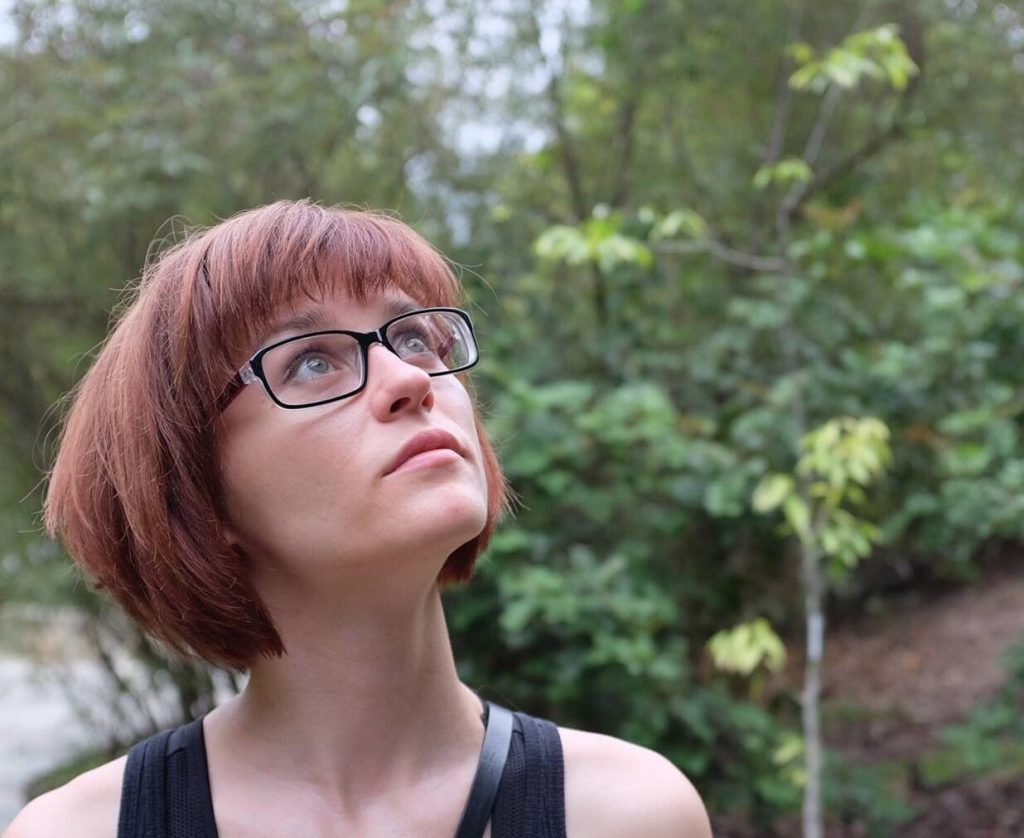We often consider a Eureka moment to be the peak of solving any given problem, but this couldn’t be further from the truth. This a-ha experience is only the consequence of a complex concept known as insight. Maxi Becker, a post-doctoral researcher at the Humboldt University of Berlin and an honored recipient of the Sonophilia Foundation Research stipend, is particularly adept at breaking insight down so that this multifaceted phenomenon can be more readily understood.
As she explained to the Sonophilia Foundation, “Insight is one specific part of creativity where you combine associative elements in a novel and unconventional way to derive a solution. One very specific aspect of insight is the fact that the solution seems to arrive to you in a very sudden and unexpected way. That’s why it very often feels so surprising and emotional when you arrive at the solution.”
Maxi thinks about the whole process of insight in two stages. First, the pre-insight phase is when you gather all the information about a specific problem to which the solution is still very much a mystery. Then the information is rearranged and your brain can connect the dots to land at a solution, which leads to the next phase – the insight stage. As a cognitive neuroscientist, her foray into the research of insight problem-solving began while she was earning her PhD with the investigation of everything that evolves before the insight stage.
“I tried to develop a paradigm, a task with which you can study specific aspects of insight and then associate brain activity to those processes that we at least assume are happening. I was looking at a very important part of insight, which we call restructuring. Restructuring is the process when you start re-representing the way that you think about the problem. That’s often the main aspect to derive a solution with insight because, very often, when we try to solve problems, we are representing them in an inadequate way, most likely because we have assumptions about how to solve a problem, which is leading us in a different direction. This restructuring aspect is very much that point when you realize you have to rethink about the problem, which then very often leads people to find the solution.”
Considering problem-solving with the restructuring process seems to align quite nicely with the matters.global project that the Sonophilia Foundation has undertaken. In trying to map the interconnectedness of all of humanity’s problems in a simple way, Maxi expressed how restating problems and representing them to the public and scientists in new ways can often make an irrefutable difference in finding creative solutions. This leads to the question: what are the core aspects that you need for creative thinking? Despite this being a matter of ongoing research, Maxi offered her perspective on the matter.
“You need to be mentally flexible to be able to rearrange problem elements in an unconventional way. You also need specific personality aspects, like curiosity… No one can be creative by just looking at something and coming up with the perfect idea. That usually never happens. People that have given very creative output have often thought about aspects for a long time and then came up with something very unconventional. It’s [a mixture of] personality aspects and cognitive aspects that come together in a very specific way such that a person can be very creative. This also something that can be trained, I believe.”
With the funds she received in the Sonophilia Foundation Research stipend, Maxi plans to conduct several online studies, as well as continue with her insight research that will be bound in some memory processes. She was blown away by how well thought-out this organization is and by the creative spark inherent in the founders, Seda and Matthias Röder, touched by their drive to do something so concrete with such a seemingly abstract concept.
“I think this is going to be quite a huge organization,” she said with passion. “It’s been only a few years that this has been going on, and they have already accomplished so incredibly much, so I’m very, very optimistic about this… On a professional level, thanks to the Sonophilia Foundation, I’ve also been able to meet very interesting personalities, for example, Roger Beaty and Janet Rafner, two very promising scientists. I’m incredibly thankful to be part of this foundation.”




